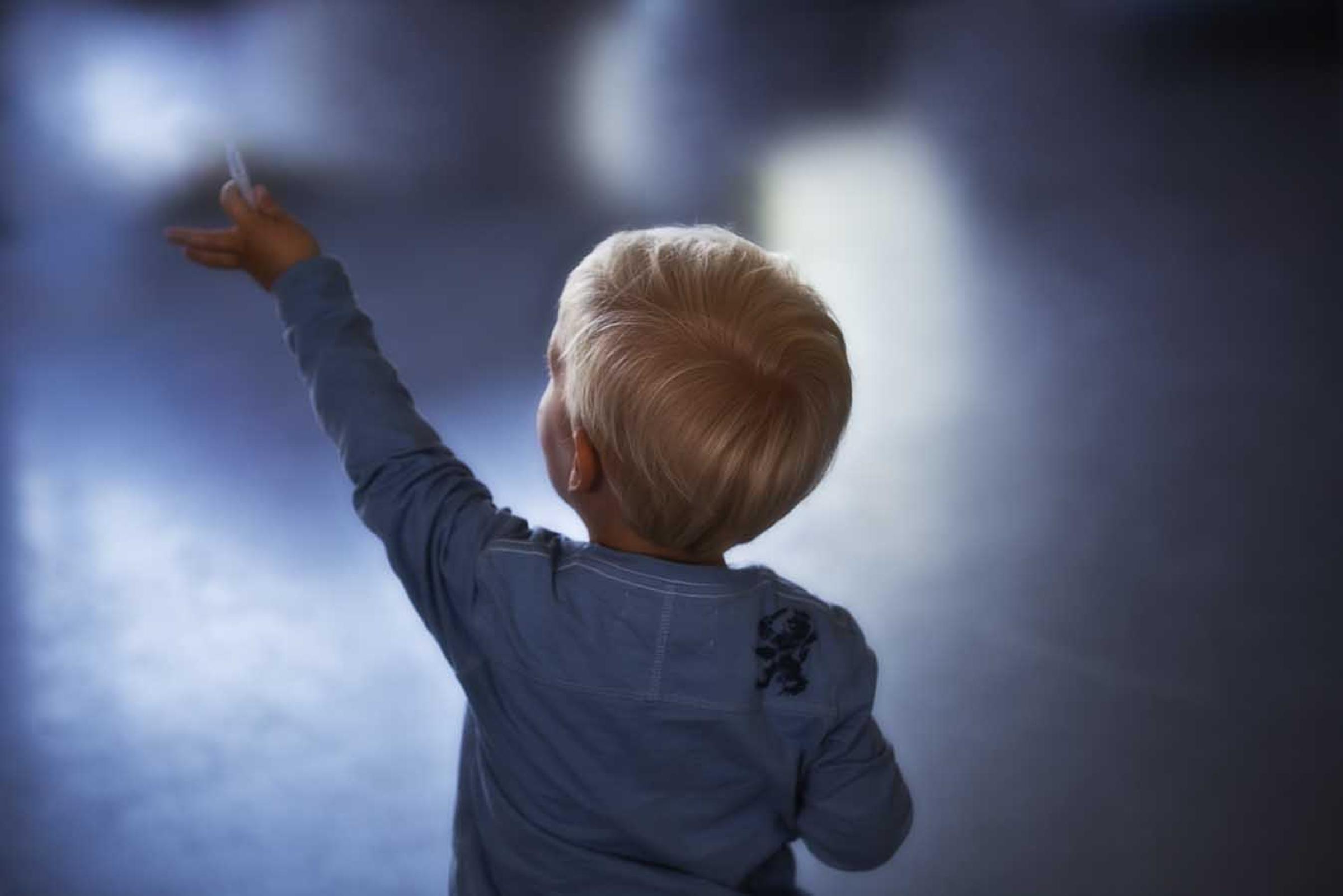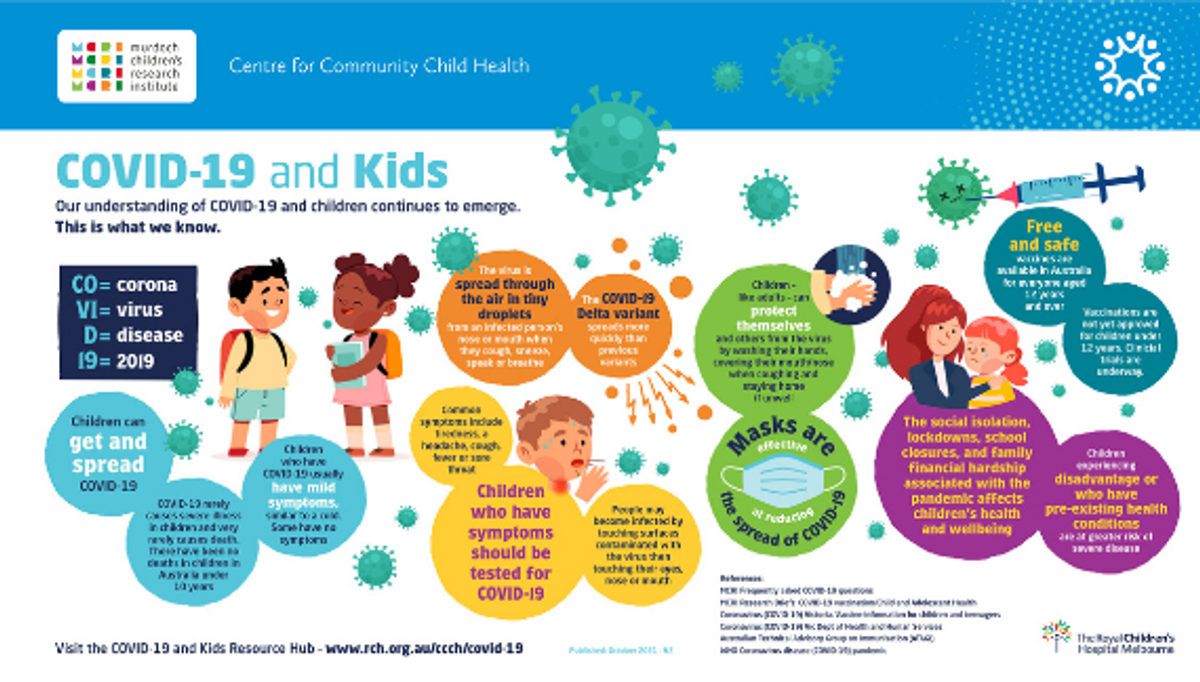Wellbeing

COVID-19 kids resource hub
The Royal Children's Hospital Melbourne has created a COVID-19 and Kids Resource Hub that brings together the latest research and evidence-based resources on COVID-19 and kids.
The COVID-19 pandemic is having a significant impact on the health and wellbeing of children and families. The resources are in a range of formats that examine the direct and indirect effects of COVID-19, and provide tips for keeping children and families mentally and physically healthy during and beyond the pandemic.
Access the resources here.
Wool needed
We are looking at doing an art project during SWELL week next year. I need donations of wool. If anyone has some wool at home they can donate can you please send it to school. Thanks for your support.
Resilience Project
Our focus for the Resilience Project this term is Mindfulness.
Mindfulness is about practising a moment-to-moment awareness of thoughts, feelings, bodily sensations, and surrounding environment – with curiosity, and without judgement.
Sun Protection
UV damage during childhood significantly increases the risk of skin cancer so it’s important to help children develop good sun protection habits from the very beginning.
For the best protection use all five forms of sun protection – clothing, sunscreen, a broad-brim hat, shade and sunglasses – when the UV is 3 and above.
Please note: Some people (such as transplant recipient patients, people with compromised immune systems and genetic skin cancer risk) are at high risk of skin cancer and may require additional sun protection and early detection strategies specific to their health needs. Please consult your doctor for specific health advice.
1. Slip on sun protective clothing
If you can see skin, UV can reach it. Clothing can be a great barrier between the sun’s UV and your child’s skin.
Try to cover as much skin as possible with cool, loose-fitting clothing made from densely-woven fabric like cotton. If your child is wearing a singlet top or dress with thin straps, don't forget to layer up with a t-shirt or shirt before outdoor play.
2. Slop on SPF30 (or higher) broad-spectrum, water-resistant sunscreen
Choose a sunscreen that your child feels comfortable wearing and is easy to apply.
- From about the age of three, let children practise applying sunscreen so they can develop this skill ready for pre-school and school.
- Set up a sunscreen station in the bathroom at home so children can apply their sunscreen in front of the mirror and then wipe their hands.
- Pop sunscreen in the cooler section of their lunchbox so it will be cold when applying – especially refreshing on a hot, summer’s day.
- Try a clip-on sunscreen that can hang from your child’s bag and act as a visual reminder.
- Make sunscreen application a bit of fun and encourage children to put a dot of sunscreen on each cheek, nose and their chin and carefully rub it in (avoiding the eye area). They can add squiggles of sunscreen to any part of their arms and legs not covered with clothing.
- Remember role modelling – children learn best from what they see adults doing. Apply your sunscreen at the same time so children can watch how you do it and follow your example.
- Remember, no sunscreen blocks out 100% of UV radiation. Always use sunscreen as a last line of defence in combination with clothing, hats sunscreen and shade.
3. Slap on a sun-protective hat
Many children do not like to wear hats. Persistence is needed to teach them that a sun protective hat is part of their outside routine. If a hat is on, the outdoor fun is on!
Children are more likely to wear their hat if you do too.
Choose a hat that shades your head, face, eyes, ears and neck. Bucket, broad-brim or legionnaire hats are best. Caps do not offer enough protection, so leave those inside.
Hat tips
- For babies, choose a hat fabric that will crumple easily when they put their head down.
- For younger children choose a hat size that is proportional to the size of their head and provides shade across their face and neck areas.
- For older children, a bucket hat should have a deep crown and angled brim which is at least 6cm. A broad-brim hat should have a brim that is at least 7.5cm. The side flap and front peak of a legionnaire hat should meet to protect the side of the face.
- Hats that can be adjusted at the crown are best. If the hat is secured with a long strap and toggle, ensure it has a safety snap, place the strap at the back of the head or trim the length so it doesn’t become a choking hazard.
4. Seek shade
- Babies under 12 months have very sensitive skin and should always be kept in dense shade and out of direct sunlight during the daily sun protection times (when the UV is 3 or higher).
- The shade moves with the sun, so be prepared to move around and follow the shade.
- Trees with dense foliage with a dark, even shade patch are the best types of natural shade.
- Take portable shade with you to make sure you don’t get caught out. Consider a beach or market umbrella or shade tent.
- Use a shade visor or hang a light blanket over the side windows in the car. Side and back windows don’t offer as much protection as the front windscreen.
- When buying a pram, check that the hood can be adjusted, so that it can be moved to block out the direct sun. For the best protection, pram shade covers should completely cover the pram and be made of densely woven fabric that combines a mesh section – so the baby can see out and air can circulate – and a shade fabric section. The fabric section should block close to 100% of UV radiation (UPF50+) and the mesh section should block at least 70% of UV radiation (UPF3.3).
- 5. Slide on sunglasses
- Sunglasses designed for babies and toddlers may have soft elastic to keep them in place. It is important to choose a style that stays on securely so that the arms don't become a safety hazard.
- Some young children may be reluctant to wear sunglasses. You can still help to protect their eyes by putting on a broad-brimmed hat and staying in the shade.
- Toy sunglasses do not meet the requirements under the Australian Standard and should not be used for sun protection.
- Sun protection on holidays
- Holidays often mean lots of time spent having fun outdoors! Remember to check the free SunSmart app wherever you are as the UV can change significantly depending on your location. Whatever the weather or location, if you are spending time outside, check the UV and don't get caught out.
You can help by ensuring your child has a broad-brim hat, and by sending them to school with sunscreen and encouraging them to apply it before outdoor activities.
If you have any concerns about the wellbeing of your child, please do not hesitate to contact me. rlenko@sfslynbrook.catholic.edu.au
Rachel Lenko
Student Wellbeing Leader


